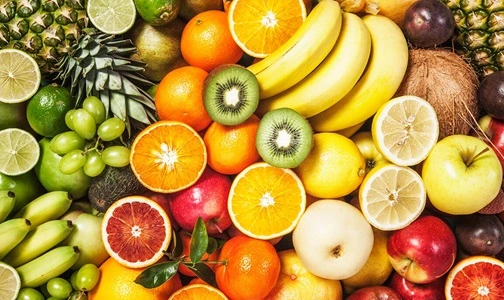Did you know that actually it is India that is the largest mango-producing country in the world? Yes, that’s a solid fact right there. So, it is no wonder why so many people here like eating and enjoying mangos. But, did you know that there are actually many varieties of mangoes in India? Yes, there are dozens of varieties when it comes to mangos, but right here in India, people are fond of some over others. Like, you may have heard of Hapus Aam or Mango, which is the best mango variety that millions of people love here, right? What other varieties are down on this list? Well, that is precisely what we will be taking a good look at in this post of the top 10 most famous mango varieties in India. Alright, here we go then.
1. Alphonso (Hapus)
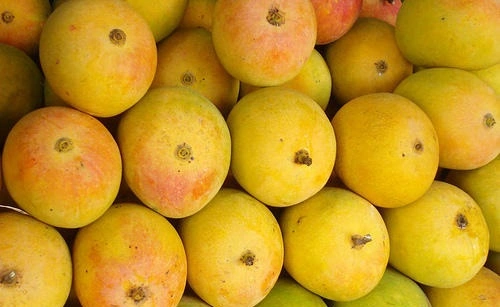
If you are talking about the real luxury or the royal variety of mangoes right here in India, you must give the first spot to Alphonso aka the Hapus Aam, you know? This type originates from Maharashtra, especially Ratnagiri and Sindhudurg regions, and is famed for its luscious, rich pulp as well as the golden color that looks like a ripe apple. All in all, with a unique combination of the mangoes’ sweetness and combined with citrus flavors, Alphonso has become a very sought-after fruit, both in India and worldwide. Growing these mangoes is a costly endeavor, especially if they are supposed to be shipped overseas during the peak period of March to May.
2. Kesar
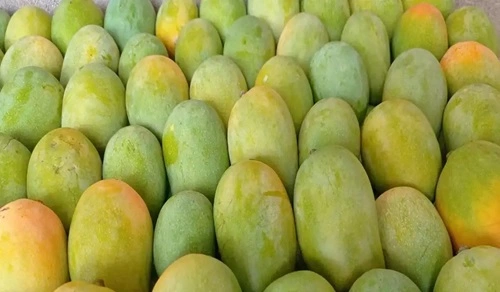
In the event that we are to regard Alphonso as the king, then, Kesar makes its entry to the throne thus being titled the “Queen of Mangoes.” For sure, the Kesar mango derives its name from that of its flesh, which is of a saffron-like color, thus, the Kesar mango is mainly produced in the state of Gujarat, around Girnar hills. All in all, due to the perfect balance between sweetness and a sour taste, Kesar is the mango that is used for many desserts, shakes, and pulps. For sure, because of its unique fragrance, smooth pulp, and juicy texture, the Kesar mango has gained popularity in many parts of India.
3. Dasheri
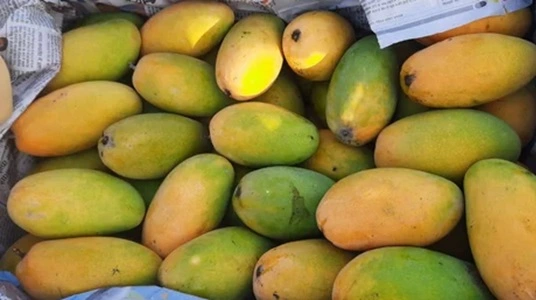
Dasheri mangoes have a very rich history and they are especially popular in the northern region of Uttar Pradesh, where they are believed to have originated in Malihabad, you know? And just so you know, it is the Dasheri mangoes with the smooth, fiberless texture, and the sweet, floral aroma that make the Dasheri a sweetheart because of its constant sweetness. Dasheri is available between June and July and has been one of the traditional mangoes of North India for many years.
4. Langra
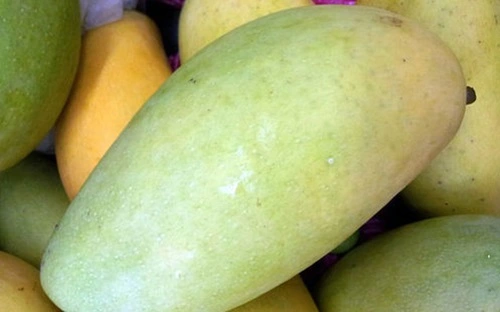
Langra mangoes are distinctive not only because of their color but also because of their unique sweetness, and just so you know, this variety, which is said to be from the area of Banaras, in Uttar Pradesh, is characterized by a mix of sweetness and sourness making it a strange type of mango. For sure, it is especially popular in North India. They are usually available from mid-summer through the end of the season because of their succulent pulp and flexible texture that can be either eaten fresh or used in some dishes.
5. Banganapalli (Safeda)
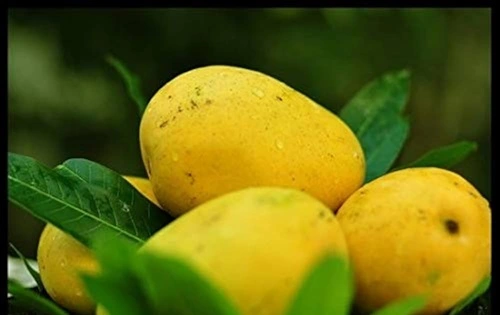
At the beginning of the mango season, the Banganapalli type of mango, also known as the Safeda, is often the first to come by. Like, Banganapalli is mainly cultivated in Andhra Pradesh where it is well-known for being prized for its mild sweetness, firm consistency, and great size. Its light-colored skin, and fiberless meat, contribute to Banganapalli being the popular choice in the peak season. Just so you know though, they have the longest shelf life of all mango groups, especially in South India these mangoes are eaten fresh or in light summer salads.
6. Himsagar
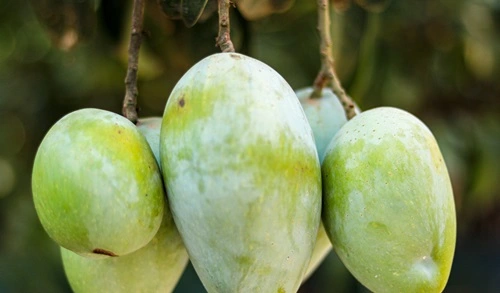
Starting from the East, the famous Himsagar mangoes are the ones that the locals enjoy very much, and why’s that? Well, these types of mangoes originate in West Bengal, by their similar sweet flavors and smooth, fiberless flesh. Their color is a bright yellow while their texture is smooth which is why they are good for making desserts, you know? All in all, available on a seasonal basis during May, Himsagars are in high demand due to their abundant supply of variety in the market, which is usually May.
7. Neelam
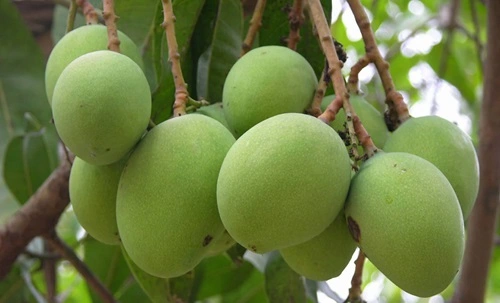
Sure, Neelam mangoes are the last ones to come in at the end of the mango season extending the strong aroma and bright orange color of mangoes. Most of these mangoes also come from the southern regions of Andhra Pradesh and Karnataka. Talking about how they look like, well, the mangoes are small to medium in size, have a slight fibrousness, and are just the right amount of sweetness that they can be enjoyed fresh or as part of salads or drinks.
8. Totapuri
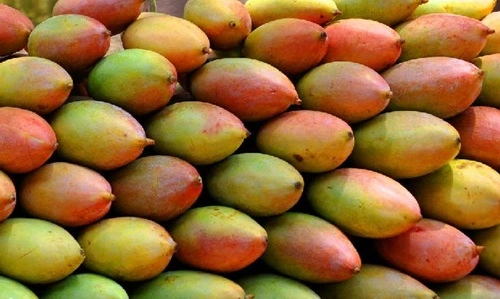
Then, Totapuri is an unmistakable mango that surprises beak-shape, which makes it stand out from the rest. Like, the fruit is best found in Karnataka, Andhra Pradesh, and Tamil Nadu. This rather sour fruit is not as sugary as its counterpart making it perfect for pickles, chutneys, and salads, you know?
9. Badami
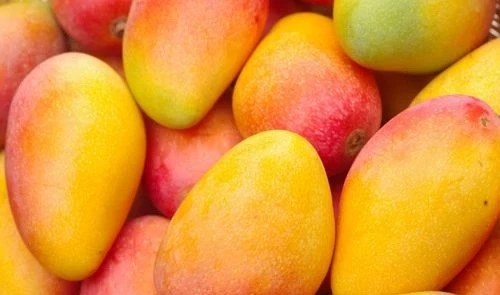
Also widely known as the “Alphonso of Karnataka,” Badami mangoes can rival the famous Alphonso in texture and sweetness but at a fairer cost, you know? Mainly as a medium-sized fruit that has no fiber but has a deep yellow color and thin smooth skin, it is welcomed in South India, and we can say for sure.
10. Chaunsa
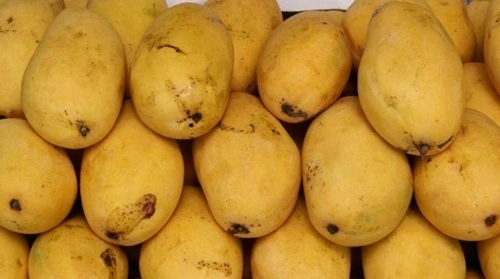
If an individual is looking for a taste of pure sweetness, the Chaunsa can be the ultimate answer. Why? Well, it is primarily cultivated in the states of Uttar Pradesh and Bihar, and it is one of the sweetest mangoes that anybody can ever taste. Though, this juicy fruit is massively enjoyed in juices and smoothies.
Conclusion
So, next time there is mango season in India, do not miss out on trying out these different varieties of mangoes in the country. And see which one you like the most. Just so you know though, this ranking of the mango varieties is as per the popular opinion, it could very well be that your ranking looks a bit different.

